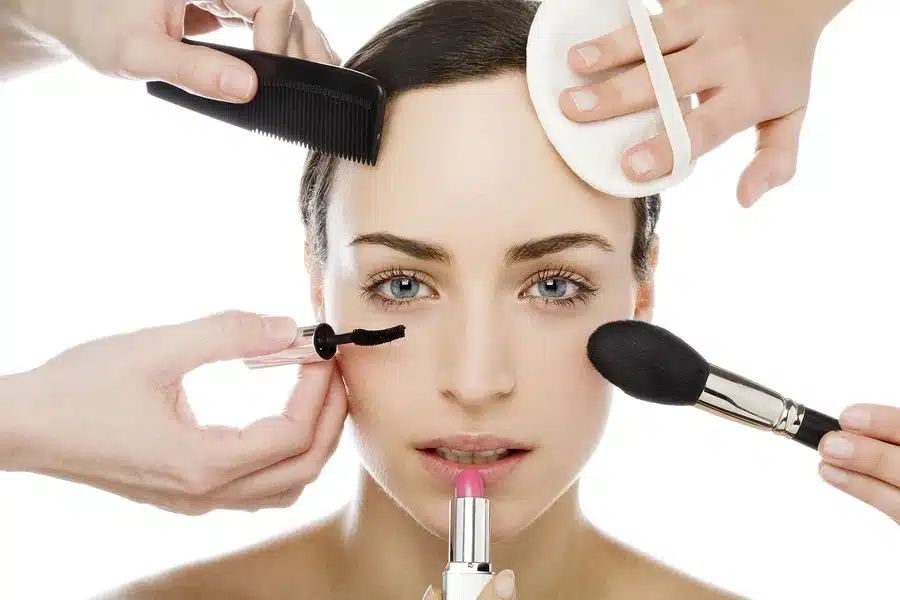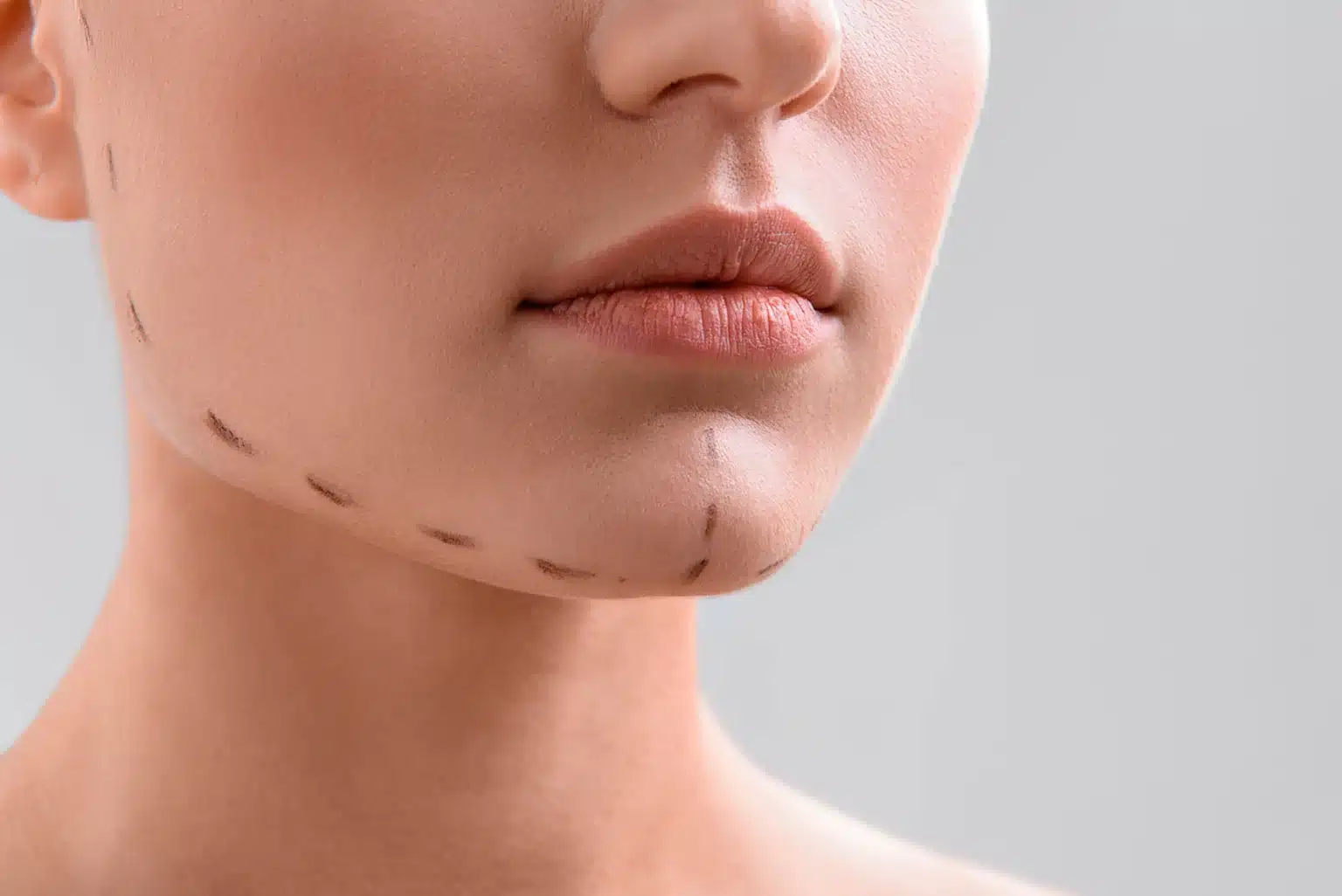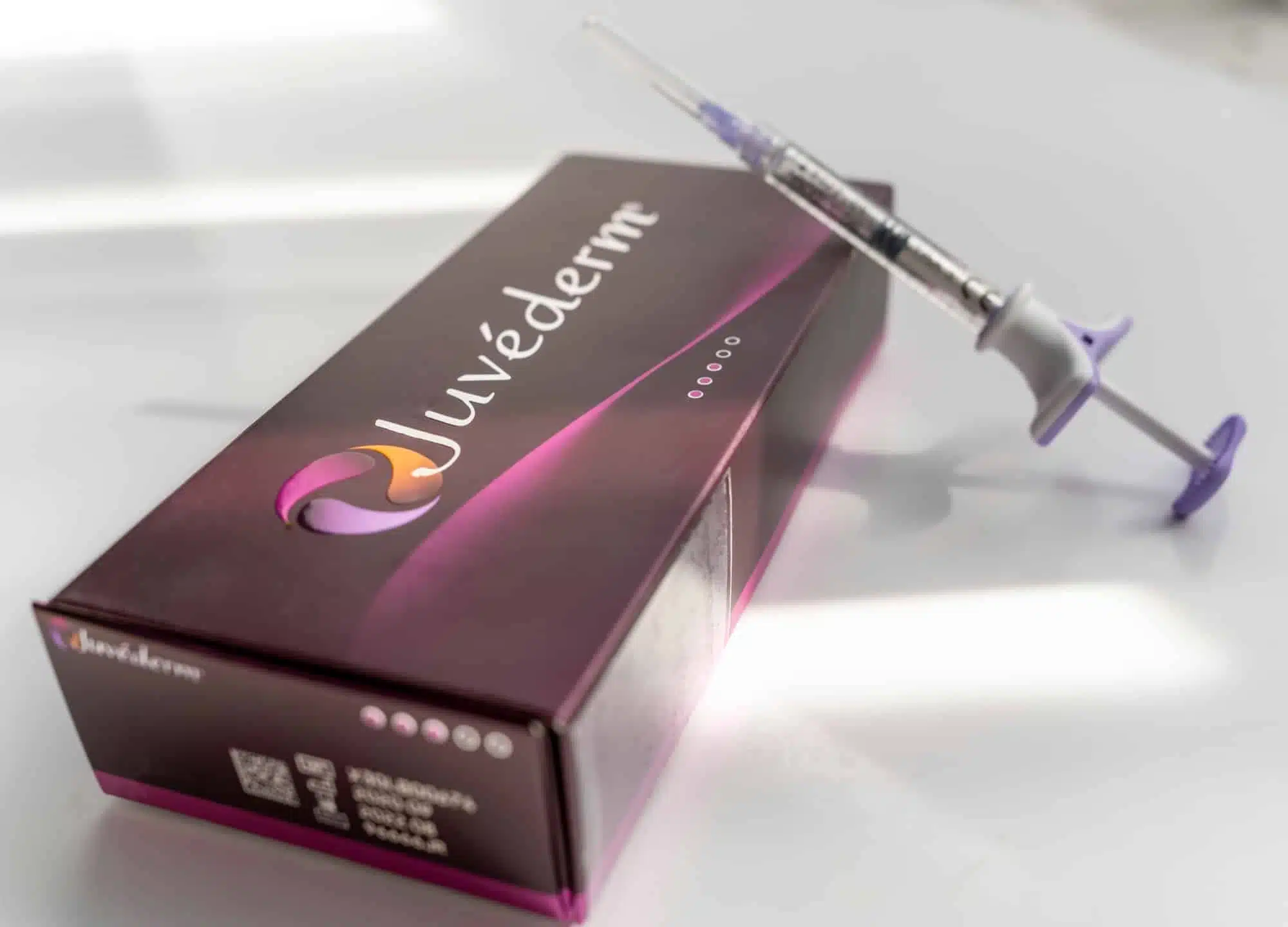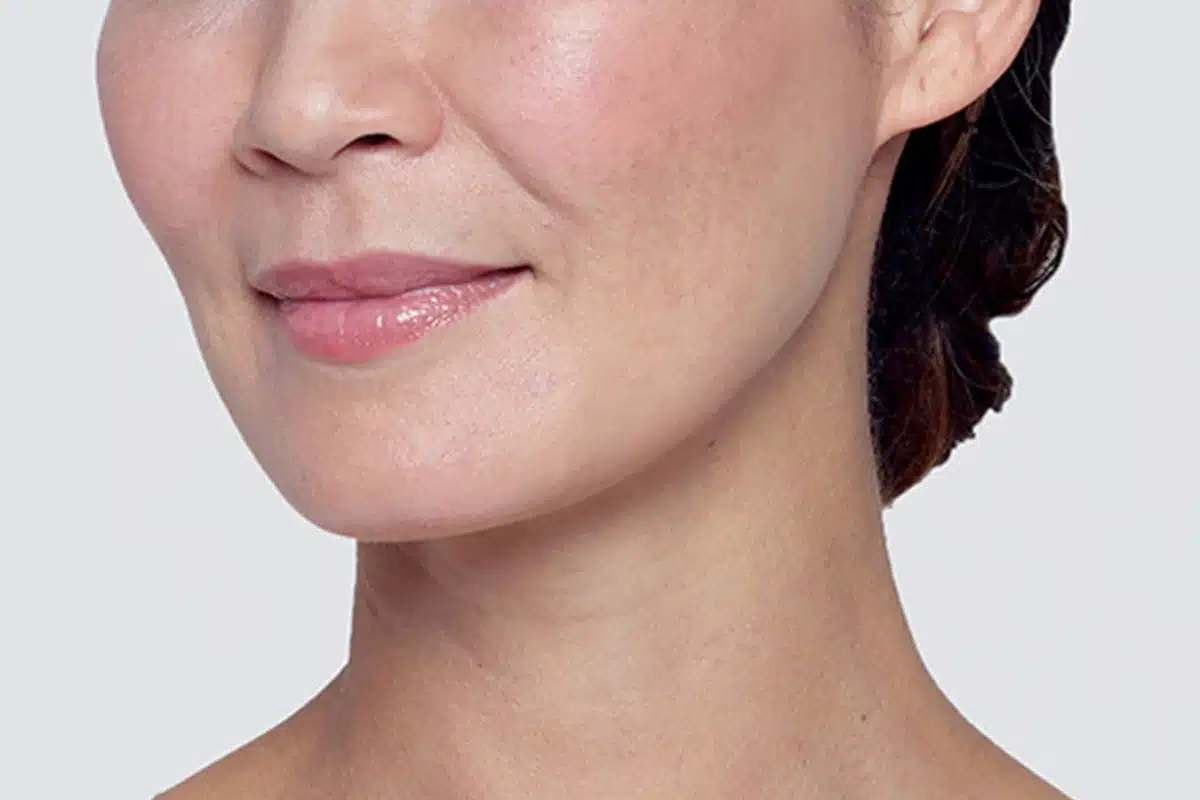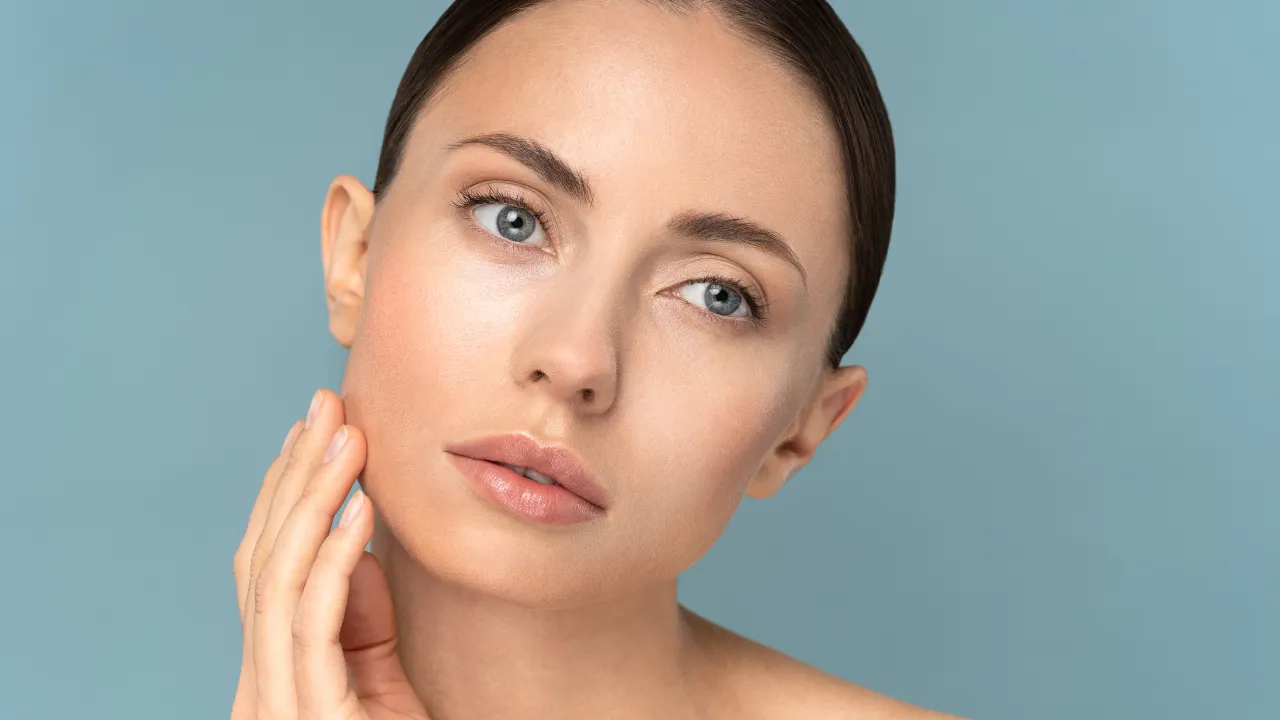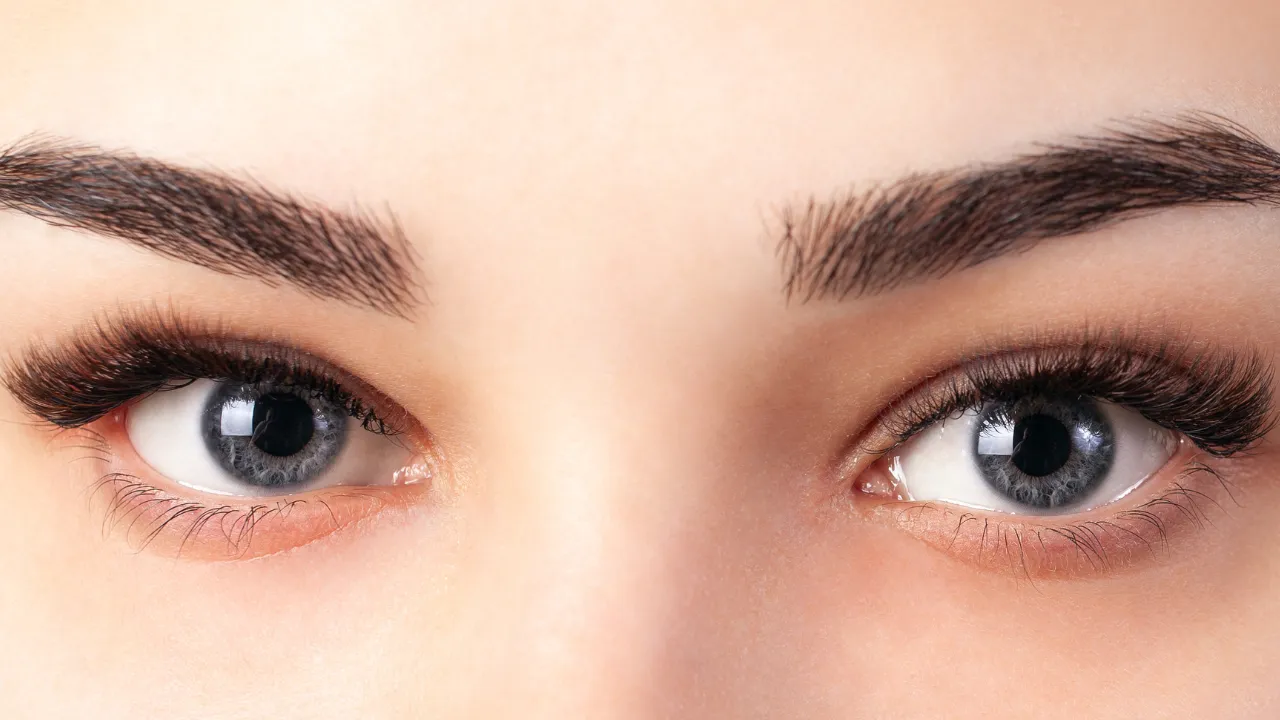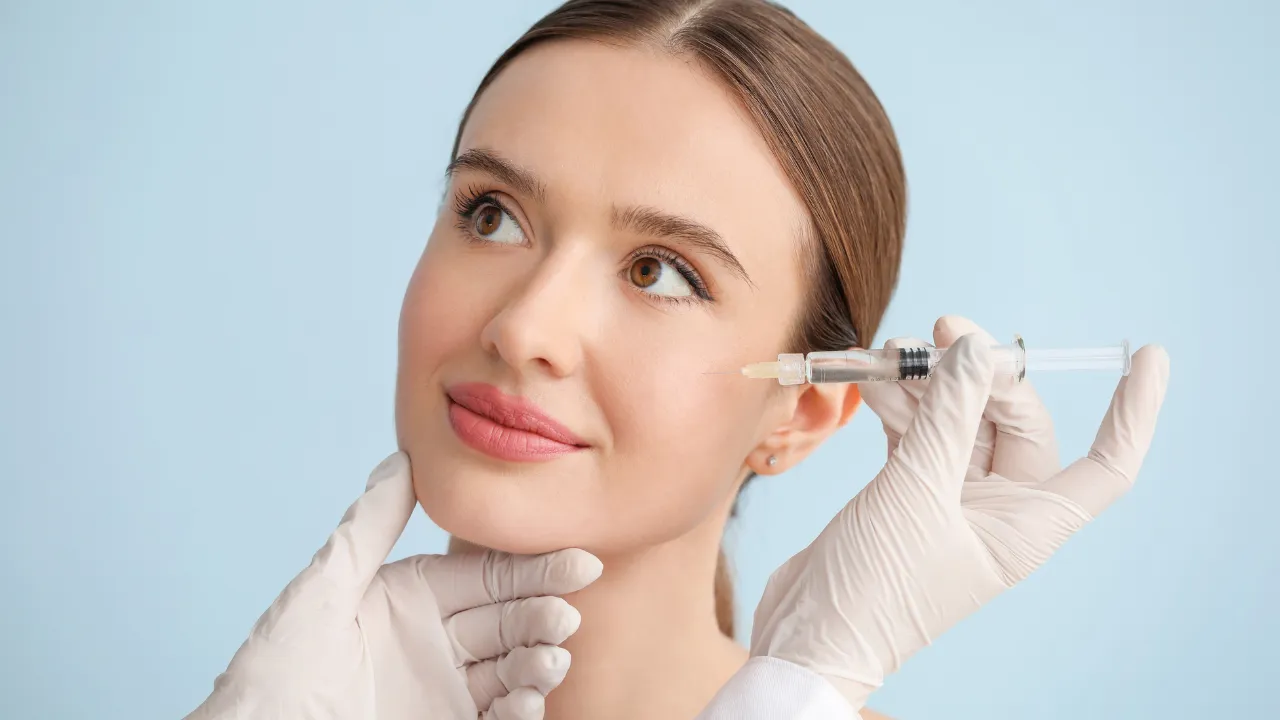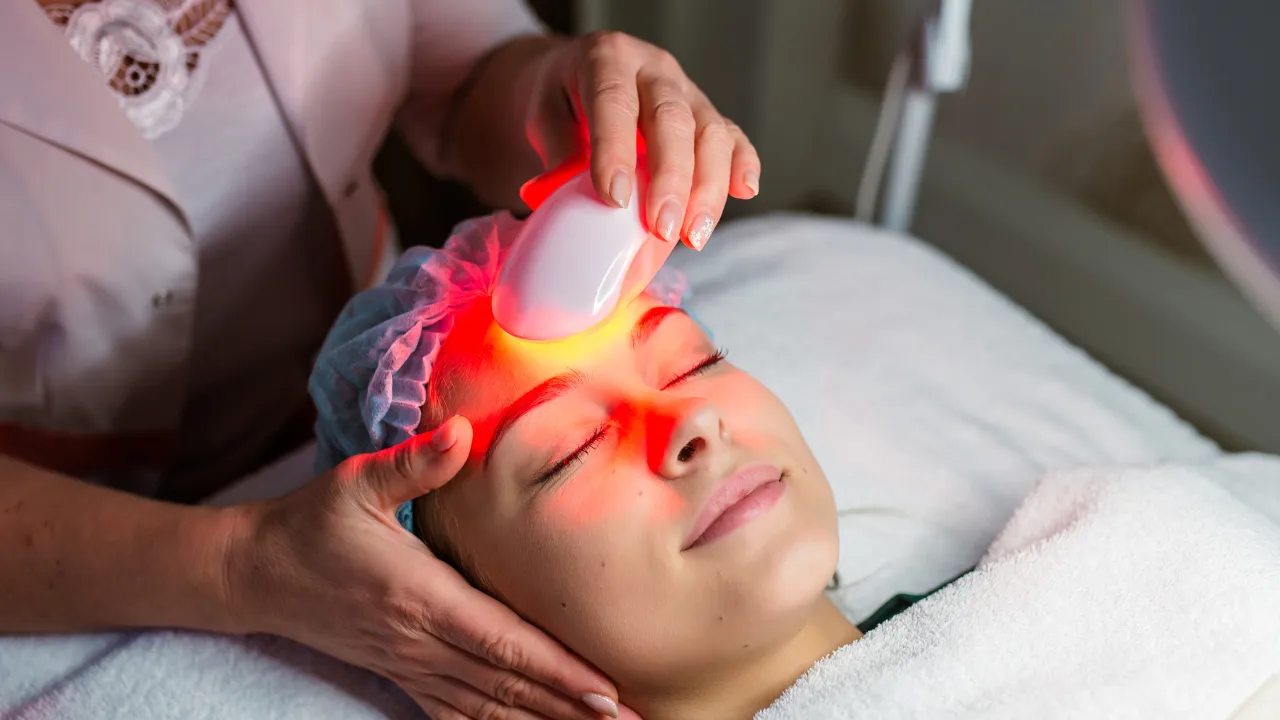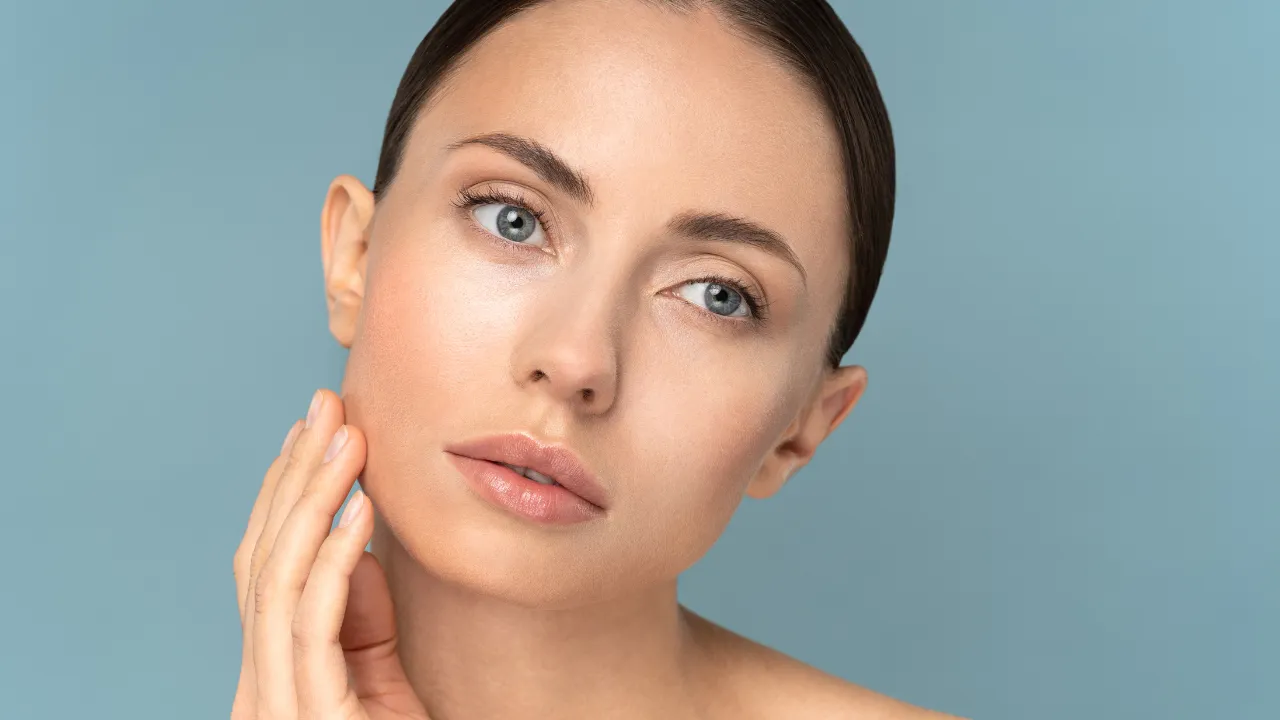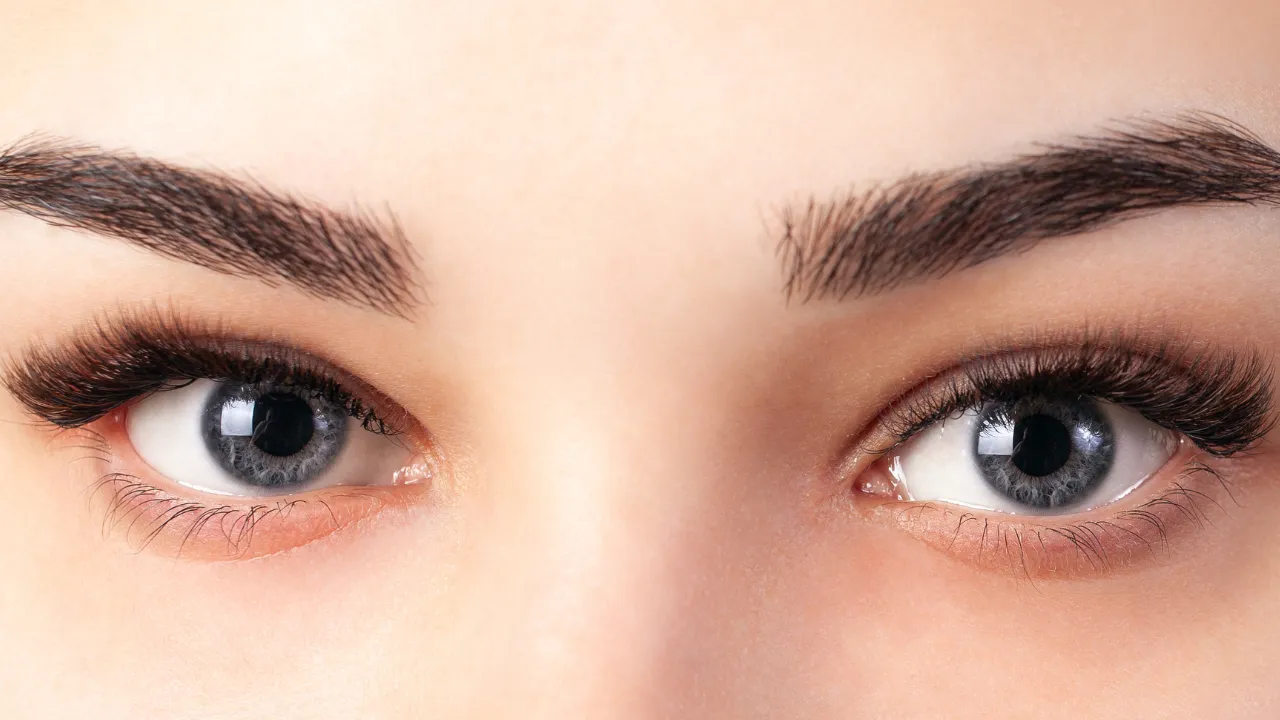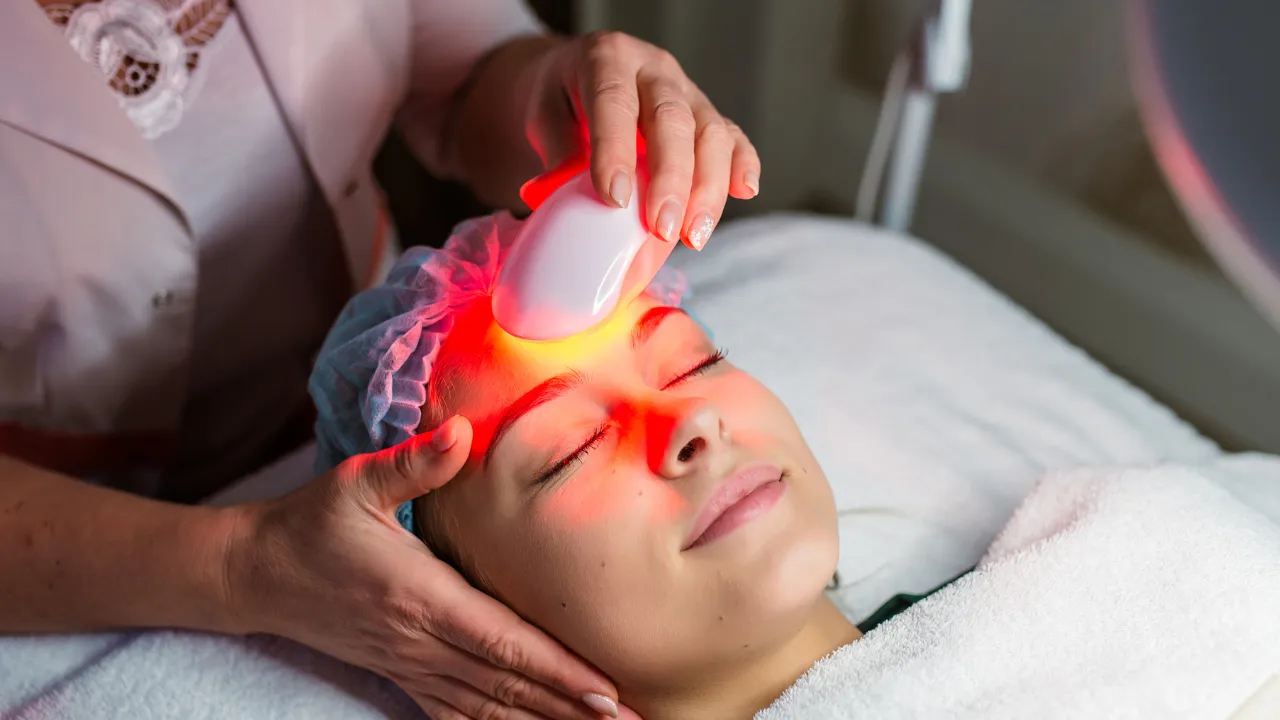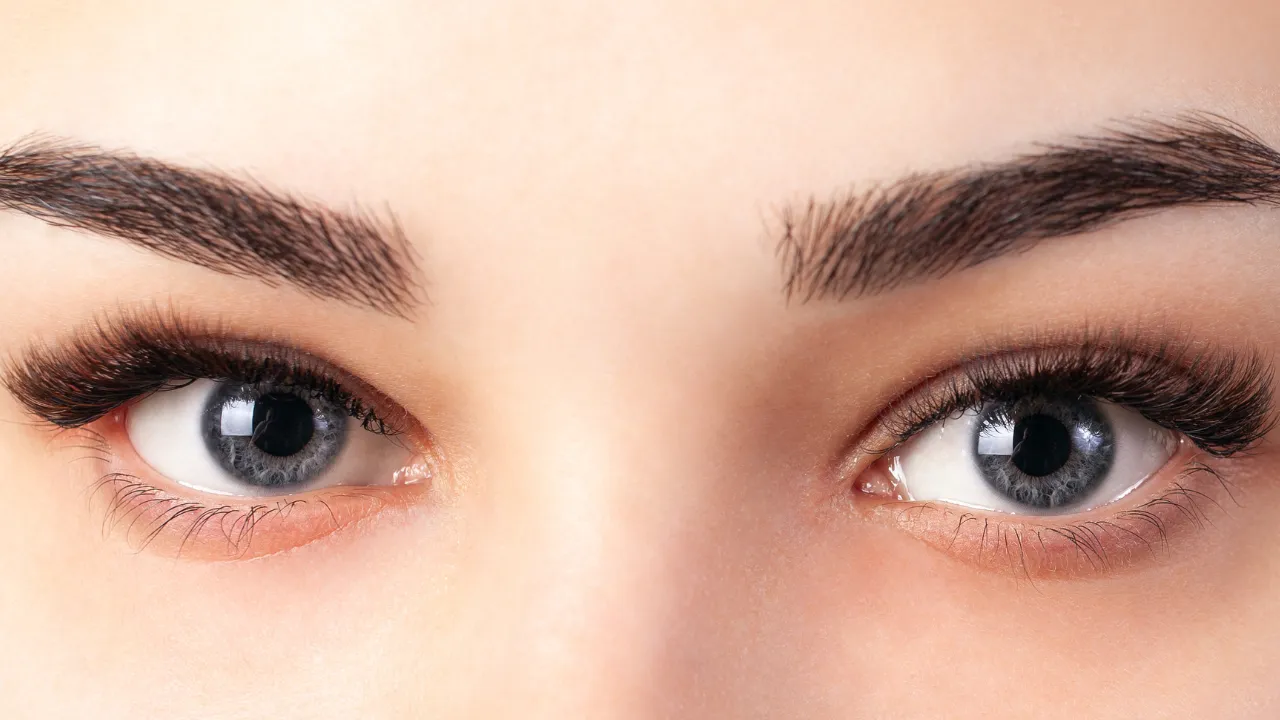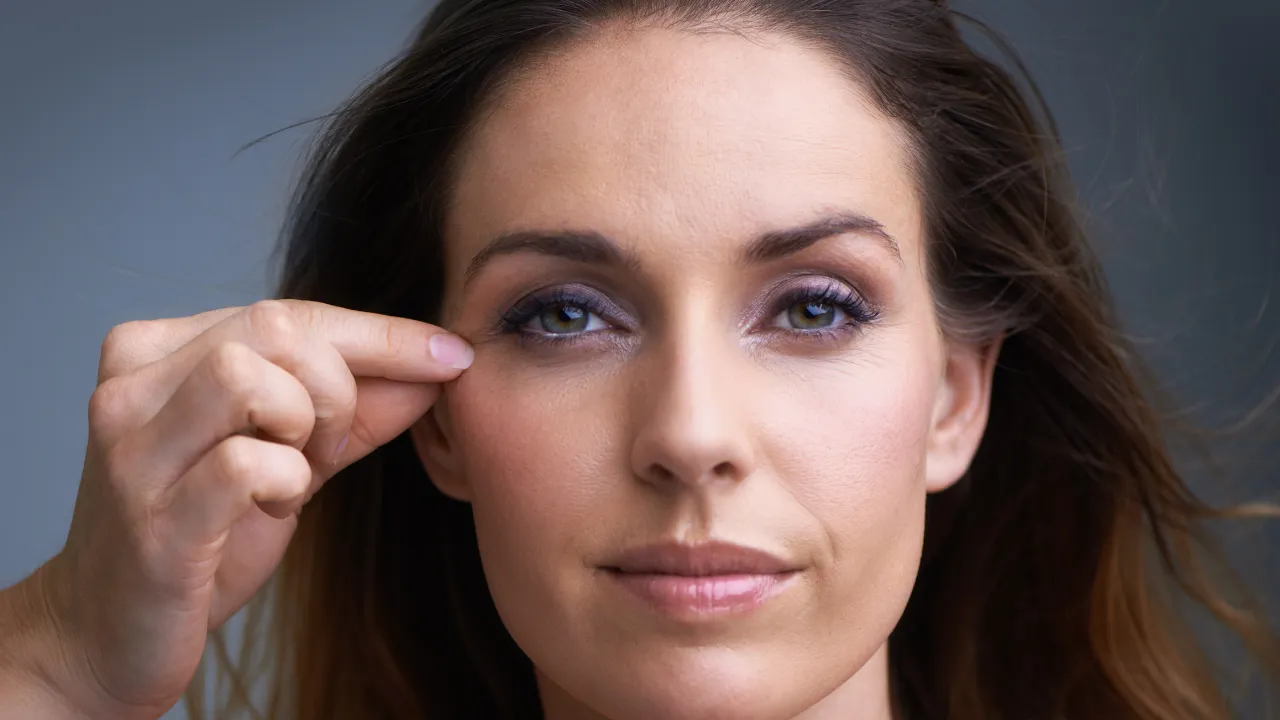Many people experience excess skin on eyelids as they age, affecting appearance and vision. At Kopelman Aesthetic Surgery in New York City, Dr. Joel E. Kopelman—an expert in eyelid and facial procedures—helps patients address these concerns with personalized solutions. This guide explains causes, symptoms, and treatment options to help you make informed decisions.
What Causes Excess Eyelid Skin?
Natural Aging and Genetics
As skin loses elasticity with age, it begins to sag, especially around the eyes. This leads to stretched tissue and excess skin on eyelids. Genetics also play a role; some people inherit traits that make their eyelids prone to sagging earlier.
Medical Conditions and Dermatochalasis
Dermatochalasis is the medical term for excessive eyelid skin caused by fat herniation and reduced elasticity. It may result from aging, inflammation, or conditions that affect connective tissue. In some cases, it can impair peripheral vision and contribute to loose skin on the eyeball.
Botox and Sudden Skin Loosening
Botox relaxes facial muscles to reduce wrinkles but may loosen support around the eyelid if overdone. This can create the appearance of loose skin on the eyelids, especially in patients with existing sagging. The effect is usually temporary but may need adjustment.
Can You Prevent Excess Eyelid Skin?
While aging is inevitable, certain habits can help slow the development of excess eyelid skin. These include protecting your skin from sun damage, maintaining hydration, avoiding smoking, and gently removing eye makeup to prevent stretching the skin over time.
Other helpful practices:
- Use daily SPF around the eyes to reduce UV-related skin breakdown.
- Stay hydrated and eat antioxidant-rich foods to support collagen production.
- Avoid frequent rubbing of the eyes, which can loosen delicate skin.
Although these tips won’t reverse existing sagging, they can delay its onset and reduce the need for early intervention.
Recognizing Symptoms and When to Seek Help
Sagging, Overhang, and Loose Skin
Most patients notice drooping eyelids or overhang. It may appear as excess skin around eyes or give the look of eyelid too much skin. Left untreated, sagging can worsen and cause discomfort.
Functional Impact and Vision Obstruction
Excess eyelid skin can obstruct vision, causing fatigue; consult an eye doctor for assessment.
Extra Skin in the Corner of the Eye
Some patients notice extra skin in the corner of the eye. While usually harmless, it can cause irritation or make the eyes appear uneven.
How to Get Rid of Extra Skin on Eyelids
Blepharoplasty Surgery Explained
Blepharoplasty removes excess eyelid skin and repositions fat or muscle. It’s an outpatient procedure that restores a smoother contour. Dr. Kopelman customizes each treatment to deliver natural-looking results and protect eyelid function.
Non-Surgical Options: Creams, Devices & Botox
For mild sagging, non-invasive options like tightening devices, creams, or Botox may offer temporary improvement. These methods do not remove skin but may reduce its appearance. They are less effective for significant excess or dermatochalasis.
Candidacy, Costs, and Medical Coverage
How to Qualify for Eyelid Surgery
Patients may qualify if excess eyelid skin interferes with vision or daily function. A medical exam and visual field test are often required. For cosmetic concerns, a consultation helps determine suitability.
Is It Covered by Insurance?
Insurance may cover eye surgery if it’s medically necessary. Documentation from an eye specialist is usually needed. Cosmetic procedures are generally not covered.
Cost to Remove Excess Skin
Costs vary based on purpose. Cosmetic upper blepharoplasty ranges from $3,000 to $6,000. At Kopelman Aesthetic Surgery, pricing is clear and based on individual needs.
Recovery, Results, and Risks
Healing Time and Final Results
Recovery takes 7–10 days, with swelling and bruising improving within the first week. Patients typically return to work quickly. Final results appear within weeks and continue to improve.
Common Side Effects and Complications
Mild swelling, bruising, or dryness is normal. Complications are rare but may include asymmetry, scarring, or dry eyes. Some patients may also notice temporary puffiness or bags under the eyes during healing. Dr. Kopelman uses advanced techniques to reduce risks and support recovery.
Realistic Expectations: What Results Can You Expect?
Most patients see a younger, more alert appearance after treatment for excess eyelid skin. Blepharoplasty typically restores the natural crease, reduces puffiness, and improves visual comfort. While results are long-lasting, it’s important to understand that aging continues.
Here’s what to expect:
- Results are visible once swelling resolves (typically within 2–4 weeks).
- Final results improve gradually over 2–3 months.
- Scars are minimal and fade with time, especially when managed properly.
Dr. Kopelman advises patients on how to maintain results through skin care and follow-up visits.
Choosing the Right Treatment Path
When to See a Specialist
If sagging affects your vision or appearance, consult a specialist. Early action improves outcomes and rules out medical causes.
Finding a Qualified Eyelid Surgeon
Select a board-certified oculoplastic surgeon for safety and natural results. Dr. Joel E. Kopelman brings 35+ years of experience and a reputation for excellence in facial and eyelid surgery.
Final Notes on Addressing Excess Eyelid Skin
Whether you’re experiencing mild sagging or significant obstruction, effective treatments are available. From non-invasive options to surgery, the goal is to restore comfort and appearance. At Kopelman Aesthetic Surgery, expert care is tailored to your needs—because every eyelid deserves personal attention, schedule your consultation today.


